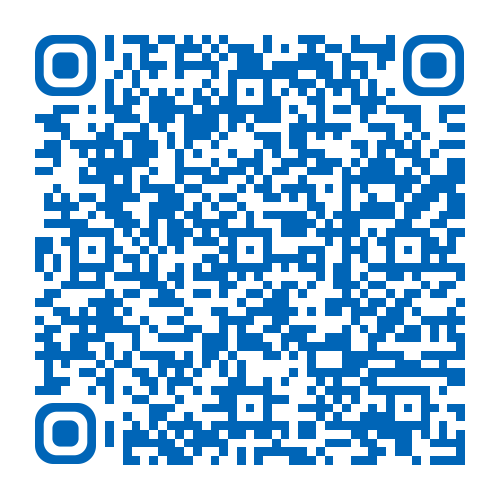- Reference Number: HEY606/2021
- Departments: Cardiology
- Last Updated: 31 May 2021
Introduction
This advice sheet has been produced to give you information about your pacemaker implantation procedure. It is not meant to replace discussion between you and the healthcare team. If after reading it, you require further explanation please discuss this with a member of the healthcare team.
Wound care
There may be some discomfort at first, near where the pacemaker box has been fitted. You are advised to take pain relief medication such as paracetamol to ease the discomfort. Avoid pain relief medication that contains aspirin (although you should take prescribed aspirin in the normal way).
Keep the wound clean and dry and look for signs of swelling, redness or discharge. If you notice any of these or have excessive pain at the wound site you should contact your doctor.
The wound is normally closed with dissolvable stitches or glue, which do not need to be removed. You will be informed by your nurse there are any stitches to be removed.
If a dressing is applied this is usually kept on for 48 hours after the procedure unless the nurses tell you otherwise when you are discharged. After this time, it may be removed and if the wound is clean and dry it may be left without a dressing. Any glue on the skin will gradually wear off after a week to 10 days and you should avoid picking it before then.
If you have any concerns about the wound site you can either make an appointment to have it reviewed with the practice nurse at your doctor’s surgery or contact the ECG Department directly on telephone number tel: 01482 461537.
Once the dressing has been removed you may shower and bathe and female patients may wear a bra as usual.
When to contact your doctor or seek medical advice
If you experience any of the following, notify your doctor immediately.
- Difficulty in breathing, dizziness or fainting
- Prolonged weakness or fatigue
- Swelling of the legs, ankles, arms or wrists
- Chest pain or prolonged hiccupping
Identification card and follow-up
You will be given a new pacemaker identification card by the physiologist when your pacemaker is checked on the ward. It is important you carry this card at all times. In case of an accident, this card will inform those attending you that you have a pacemaker. This card supplies basic information about your pacemaker.
General advice
Avoid heavy lifting, raising your arm above shoulder height and physical activities especially golf and swimming for at least 6 to 8 weeks.
You may return to work when your doctor feels you are fit to do so, this is normally 4 – 6 weeks post pacemaker implant.
You will be advised that you cannot legally drive a car for 1 week after your device was fitted unless there are other reasons why you cannot drive. There are different rules for bus and lorry drivers so please ask for specific advice if this applies to you.
Your cardiologist and cardiac physiologist will have discussed this with you and it is important that you inform both the DVLA and your insurance company that you have had a pacemaker fitted.
Any changes to your medication will be discussed with you prior to leaving hospital.
Suitability for air travel is based on individual consultant advice.
It is important you tell other doctors and your dentist that you have a pacemaker. You do not need antibiotics for any dental or surgical procedure unless you have another problem with a heart valve. If in doubt ask your doctor.
Should you require further advice on the issues contained in this leaflet, please do not hesitate to contact: Cardiology 5 Day Ward tel: 01482 461517 / tel: 01482 461518 (Monday – Friday) ECG Department tel: 01482 461537 (Monday to Friday)

